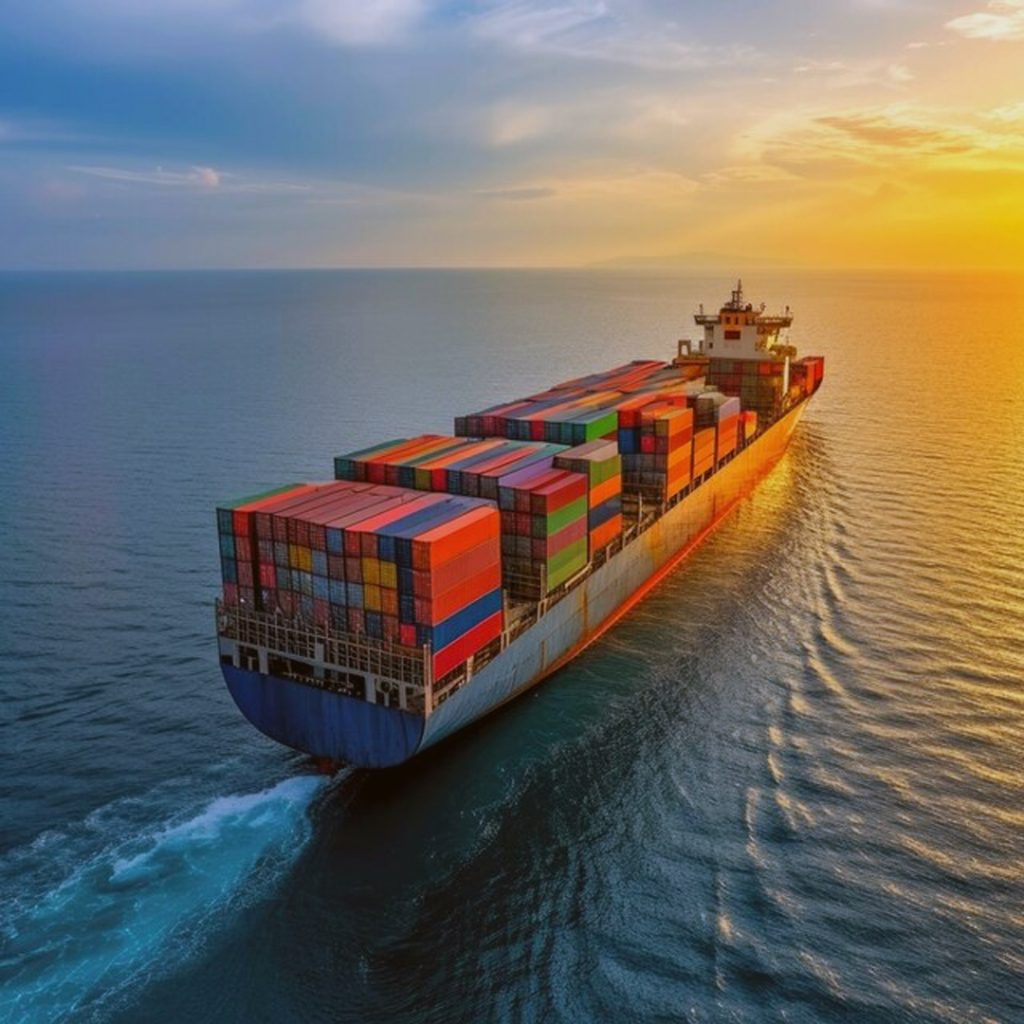Table of Contents
Toggle
In the world of cargo shipping, selecting the appropriate shipping container is a crucial decision that can significantly impact the efficiency, safety, and cost-effectiveness of transportation. With various sizes, types, and considerations to take into account, making an informed choice is essential. From standard 20-foot containers to specialized reefers and flat racks, each container type serves specific purposes based on cargo requirements and transportation needs. Understanding the factors involved in choosing the right container, including cargo characteristics, transport mode, regulatory compliance, and cost considerations, is essential for optimizing the shipping process and meeting customer expectations.
Standard Container Sizes
Shipping containers come in standard sizes to accommodate different types of cargo. The two most common sizes are:20-foot Container
This is the standard size used for most general cargo shipments. It offers ample space while remaining relatively easy to handle and transport.
- 40-foot Container: Twice the size of a 20-foot container, the 40-foot container is suitable for larger shipments or bulky cargo items. It provides more capacity but may require special equipment for handling and transportation.
Specialized Container Types
Beyond standard sizes, various specialized container types cater to specific cargo requirements:- High Cube Container: Similar to standard containers but taller, high cube containers offer extra vertical space, making them suitable for voluminous cargo or items that require additional clearance.
- Refrigerated Container (Reefer): Reefer containers are equipped with temperature control systems, making them ideal for transporting perishable goods such as food, pharmaceuticals, or chemicals that require temperature regulation.
- Open-Top Container: Open-top containers feature a removable top, allowing for easy loading and unloading of oversized cargo or items that cannot be accommodated by standard container doors, such as machinery or industrial equipment.
- Flat Rack Container: Flat rack containers have collapsible sides, enabling easy loading of cargo from the sides or above. They are commonly used for transporting heavy machinery, vehicles, or oversized goods.
- Tank Container: Tank containers are designed for transporting liquids or gases, featuring a cylindrical tank within a steel frame. They are commonly used for shipping chemicals, fuels, or food-grade liquids.
Considerations for Choosing the Right Container
When selecting a shipping container, several factors should be taken into consideration:-
-
- Nature of Cargo: The type, size, weight, and fragility of the cargo will determine the appropriate container type and size. For example, perishable goods may require refrigerated containers, while oversized machinery may necessitate flat rack containers.
-
- Transport Mode: The mode of transportation, whether by sea, air, rail, or road, will influence the choice of container due to factors such as handling capabilities, weight restrictions, and accessibility to transportation infrastructure.
-
- Environmental Conditions: Consideration should be given to environmental factors such as temperature, humidity, and exposure to elements, especially for sensitive or fragile cargo. Reefer containers offer temperature-controlled environments, while open-top containers provide ventilation for airflow.
-
- Loading and Unloading Requirements: The ease of loading and unloading cargo should be assessed, especially for oversized or irregularly shaped items. Containers with side access or removable tops may be preferred for such cargo.
-
- Regulations and Compliance: Compliance with international shipping regulations, safety standards, and customs requirements is essential. Certain types of cargo may require special certifications, permits, or documentation for transportation.
- Cost Considerations: The choice of container size and type will impact transportation costs, including shipping fees, handling charges, and equipment rental fees. Balancing the requirements of cargo with budgetary constraints is important for cost-effective transportation solutions.
-
